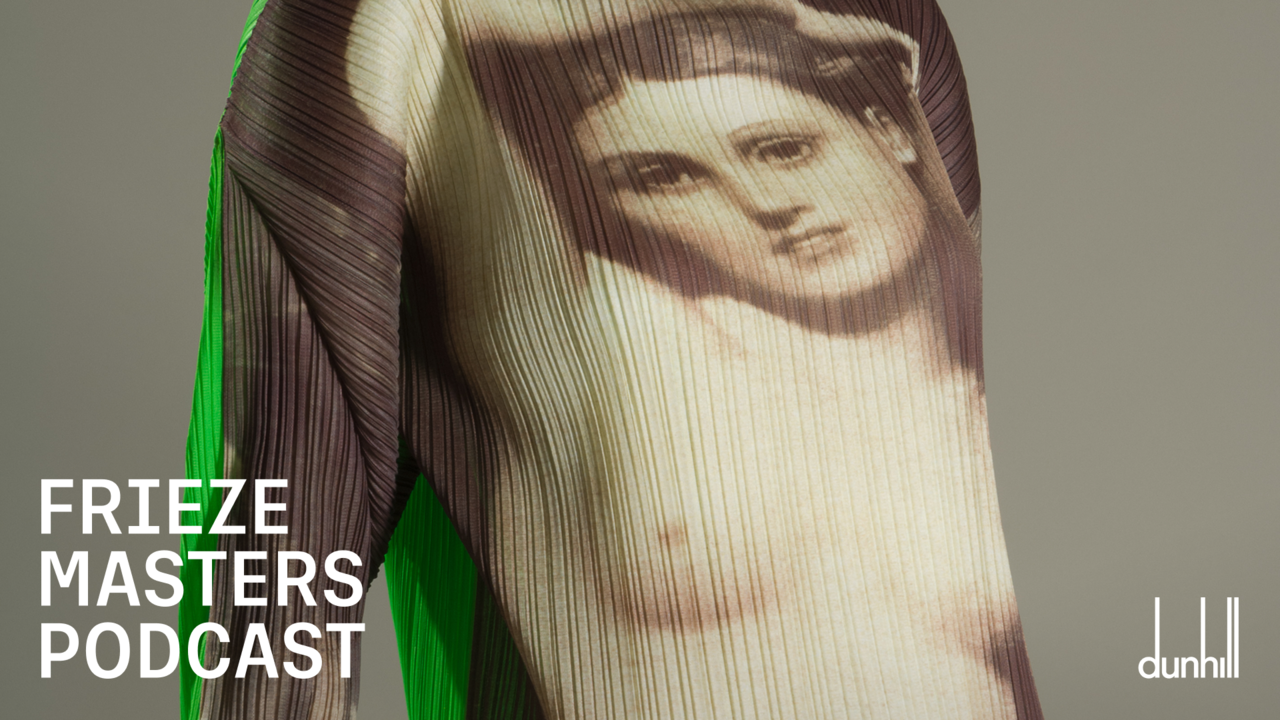The Société Anonyme
The Société Anonyme, Inc. was an ‘experimental museum’ inaugurated in 1920 by the American suffragette and painter Katherine Sophie Dreier, along with Man Ray and Marcel Duchamp. Its goal was to advance the cause of avant-garde art in the USA, where Modernist exhibitions were still thin on the ground. Initially housed in a brownstone on East 47th Street in New York, the organization was both a collection and a pedagogical prog-ramme, in the 30 years of its existence gathering together a library and over a thousand works of Modernist art, organizing scores of educational lectures and exhibitions, and publishing 40 artists’ catalogues. Its membership fluctuated radically during its existence – Man Ray, the organization’s secretary, dropped out after a year, only to return in the 1940s, and Duchamp slipped from president to a kind of mascot over the years – with Dreier, originally named treasurer, as president, guarantor and sometimes sole active member. Donated to the Yale University Art Museum after her death in 1952, the Hammer Museum’s exhibition (organized by Yale) is the first time the collection has been shown as a whole.
Dreier’s curriculum vitae reveals a major figure. Born in Brooklyn, she was the youngest of a wealthy family of German immigrants; after her parents died, she began studying art, first at the Pratt Institute and then in Paris, London and Munich. She showed in the Armory Show in 1913 and was the director of the Society of Independent Artists when Duchamp submitted his Fountain (1917) under the name ‘R. Mutt’. (She voted to reject the work, but her sympathetic response to his subsequent resignation was one foundation of their friendship.) In the name of the Société she put on the first American exhibitions of Paul Klee and Wassily Kandinsky and went on lecture tours to the Bauhaus, the New School for Social Research and Black Mountain College.
Kandinsky and Duchamp were her north stars, and the Société’s collection moves between their influences. Dreier was drawn to Kandinsky through her interest in Theosophy. Believing that all art was the manifestation of a latent universal spirit, she gravitated towards works that seemed to achieve some spiritual or mystical balance. Under its influence the Société included too much stabilized Cubism, emblemized by dull examples by Alexander Archipenko, Heinrich Campendonk and, sad to say, Dreier’s own work, among many others. Sometimes her catholic approach paid off: Kasimir Malevich’s juddering Knife Grinder (1912–13) portrayed a frantic work-energy that infected everything in its vicinity, including an otherwise carefully calibrated painting by Theo Van Doesburg (Simultaneous Composition, 1929). Suzanne Phocas’ sublimely tacky Child With Dog (1925–6) sat near Giorgio de Chirico’s Metaphysical Interior (1925), sending up its portentous air.
Duchamp’s influence was more playful. The collection included a goofy painting of a beach promenade by Francis Picabia, rendered in macaroni and feathers and framed in snakeskin leather (Midi (Promenade des Anglais), 1923–6), as well as Duchamp’s own neat kinetic Roto-reliefs (1935). Weirder still were paintings by Louis Michel Eilshemius, who enjoyed the Société’s first solo exhibition in 1920. A painter of small, glum landscapes, Eilshemius – a student of academic painter William-Adophe Bouguereau – was a strange inaugural exhibition for an institution founded to educate the public about Modernism. Indeed the painter soon decided that the Société was trying to capitalize on his ‘fame’ and quit painting altogether to become a ‘mesmerist-prophet’. His five works embodied a sweaty, bohemian intensity missing elsewhere from the show: a tiny figure fleeing through the Mountain Landscape (1914), the misplaced paranoid vibe of Ferryboat at Night (1910–13). What could the humanist Dreier have seen in their enthralling morbidity?
With 240 works by 100 artists, the Hammer’s exhibition was as crowded as one of Dreier’s lectures. This felt appropriate to the inclusive nature of the society but gave the impression that, for all her enthusiasm, Dreier couldn’t tell a good work from a bad one. As a principle for curating, Theosophy leaves something to be desired (her adoration of Duchamp served her collection better). The exhibition offers not so much an alternative to the Modernism we know – the stars do not fall from the sky – as a touching dry run at making a museum of modern art in America.














